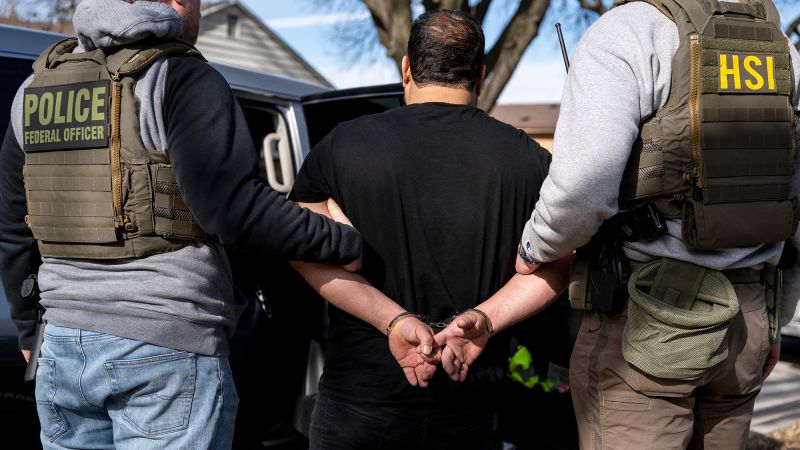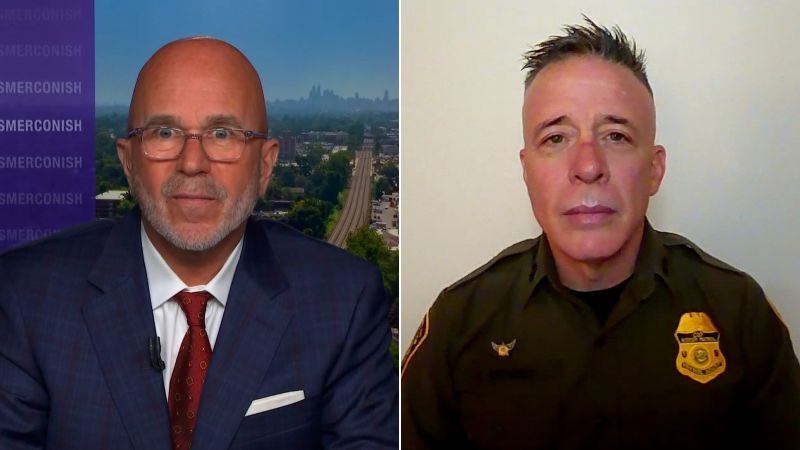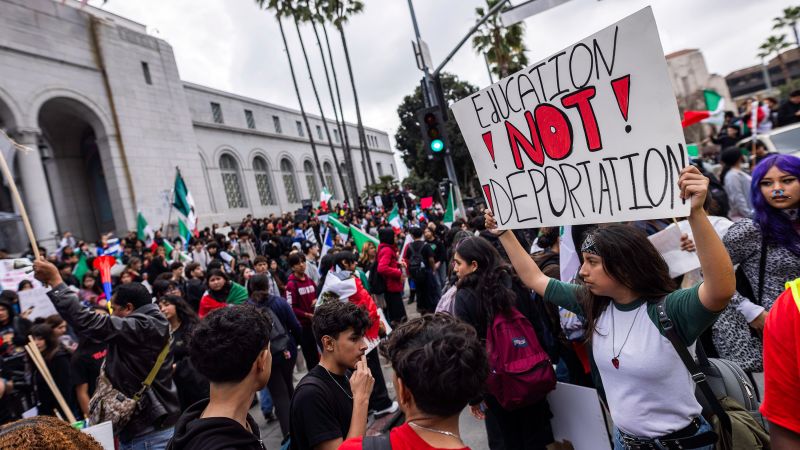
Challenges with E-Verify Implementation in Ensuring Legal Employment Practices
Politics | 8/27/2025
The implementation of E-Verify, designed to assist companies in complying with immigration laws, has come under scrutiny as concerns about its reliability surface. Recently, the Department of Homeland Security spotlighted a case involving a reserve officer in a Maine town allegedly working illegally in the US, casting doubts on the system’s effectiveness.
E-Verify, a digital tool meant to verify employees’ eligibility to work in the US, was intended to streamline the process for employers and enhance compliance with immigration regulations. However, the incident in the small Maine resort town has raised questions about the system’s ability to detect unauthorized workers, even within law enforcement agencies.
The episode has drawn attention to broader issues surrounding E-Verify’s accuracy and dependability. While the system was positioned as a key component in ensuring legal employment practices, its limitations are now being brought to the forefront, prompting concerns about its overall efficacy in preventing unauthorized individuals from working in the country.
In response to the situation involving the reserve officer, a spokesperson for the Department of Homeland Security emphasized the importance of upholding immigration laws and the need for reliable mechanisms to enforce them. The incident underscores the ongoing challenges faced by authorities in maintaining workforce integrity and preventing unauthorized employment.
As the debate around E-Verify’s functionality continues, stakeholders are grappling with the implications of its perceived shortcomings. The case in Maine serves as a stark reminder of the complexities involved in verifying individuals’ eligibility to work in the US and the pressing need for a system that can effectively address these challenges while ensuring compliance with immigration regulations.


